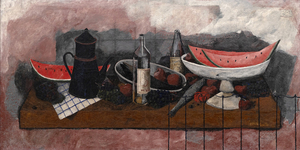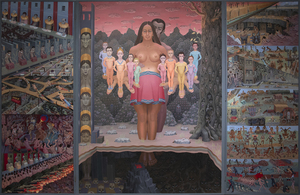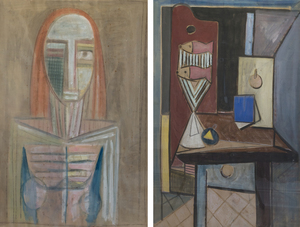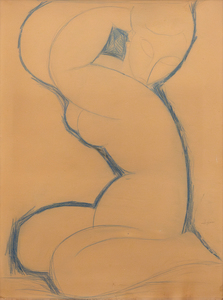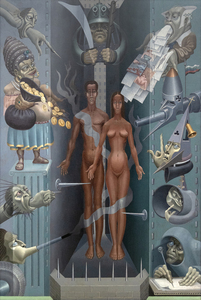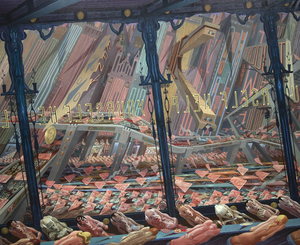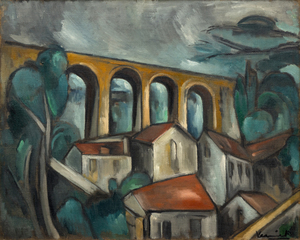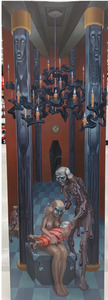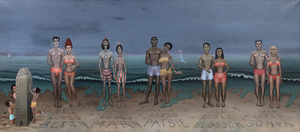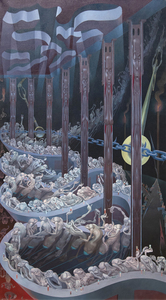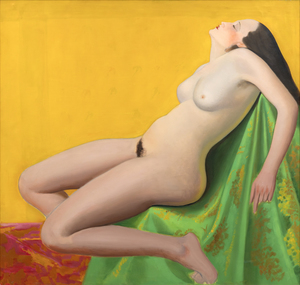RUFINO TAMAYO (1899-1991)


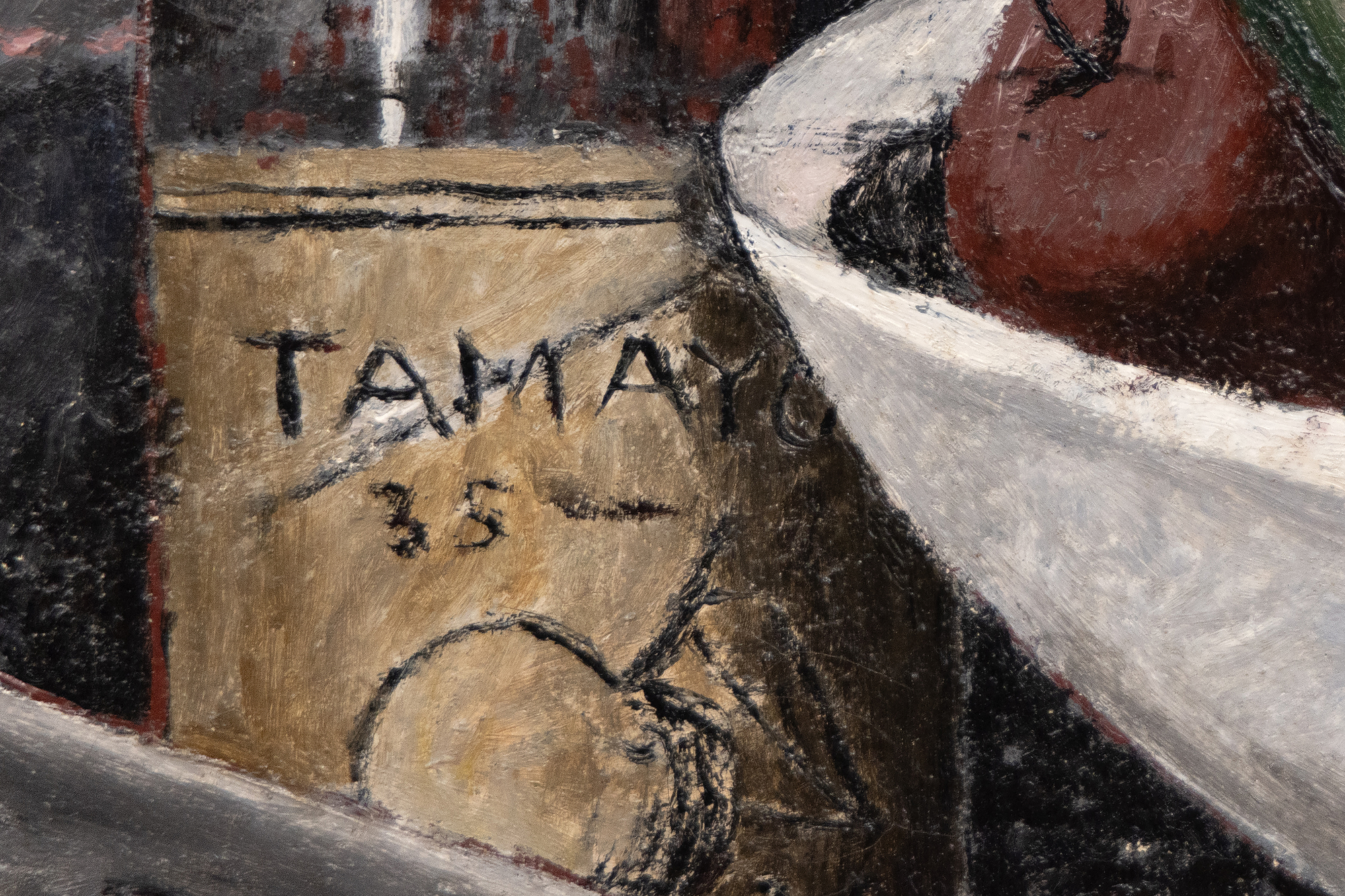
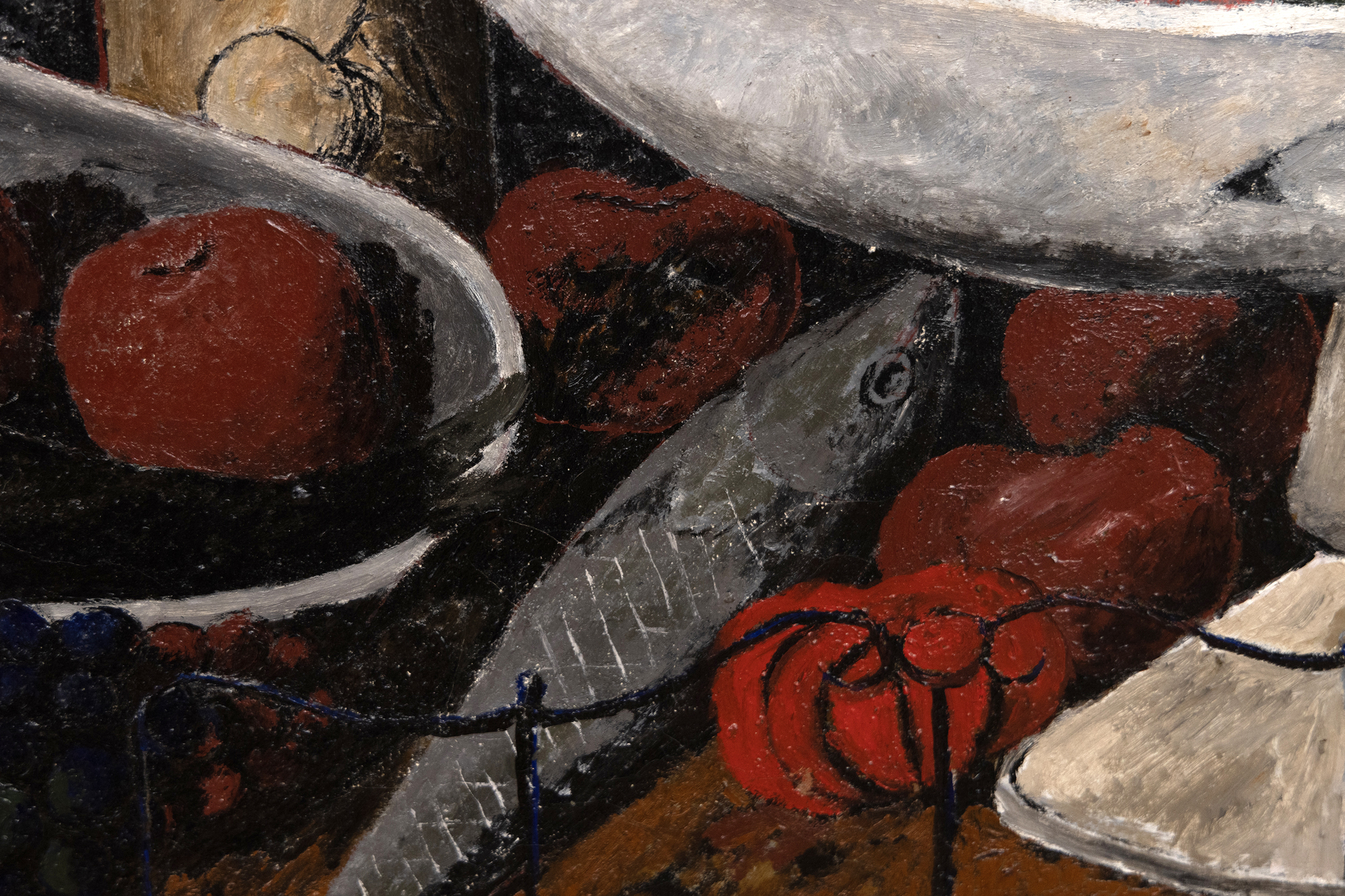
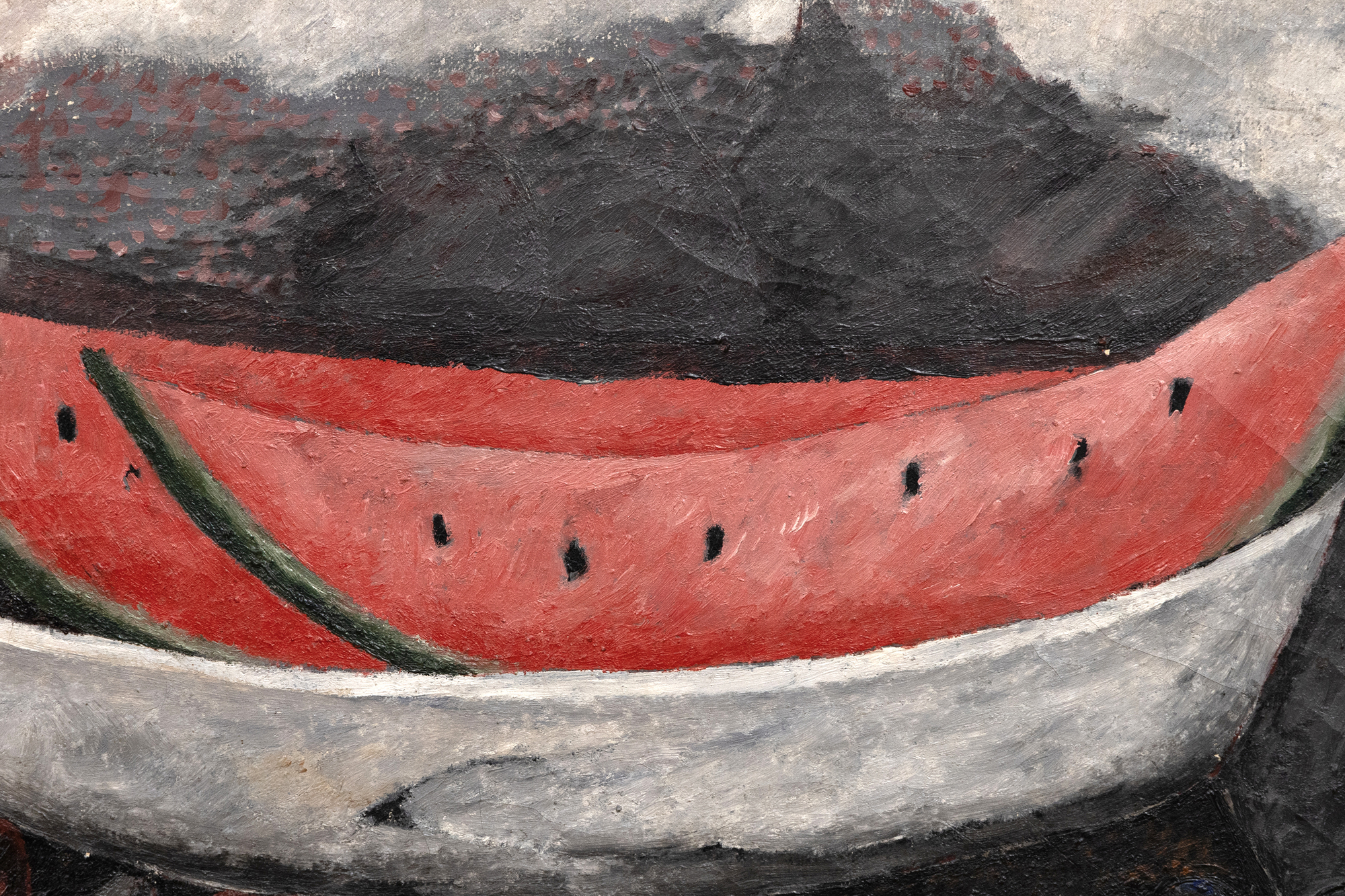
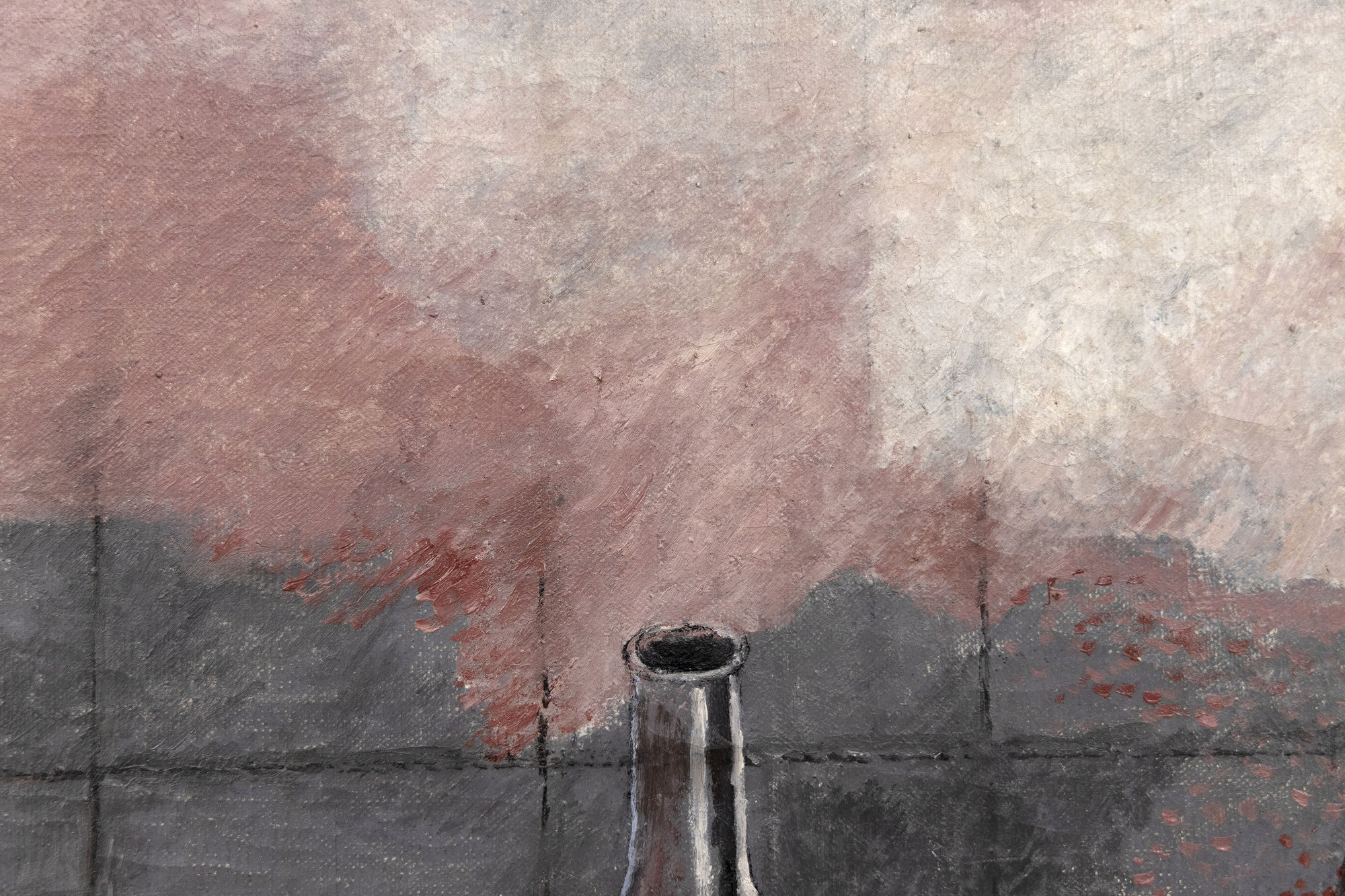

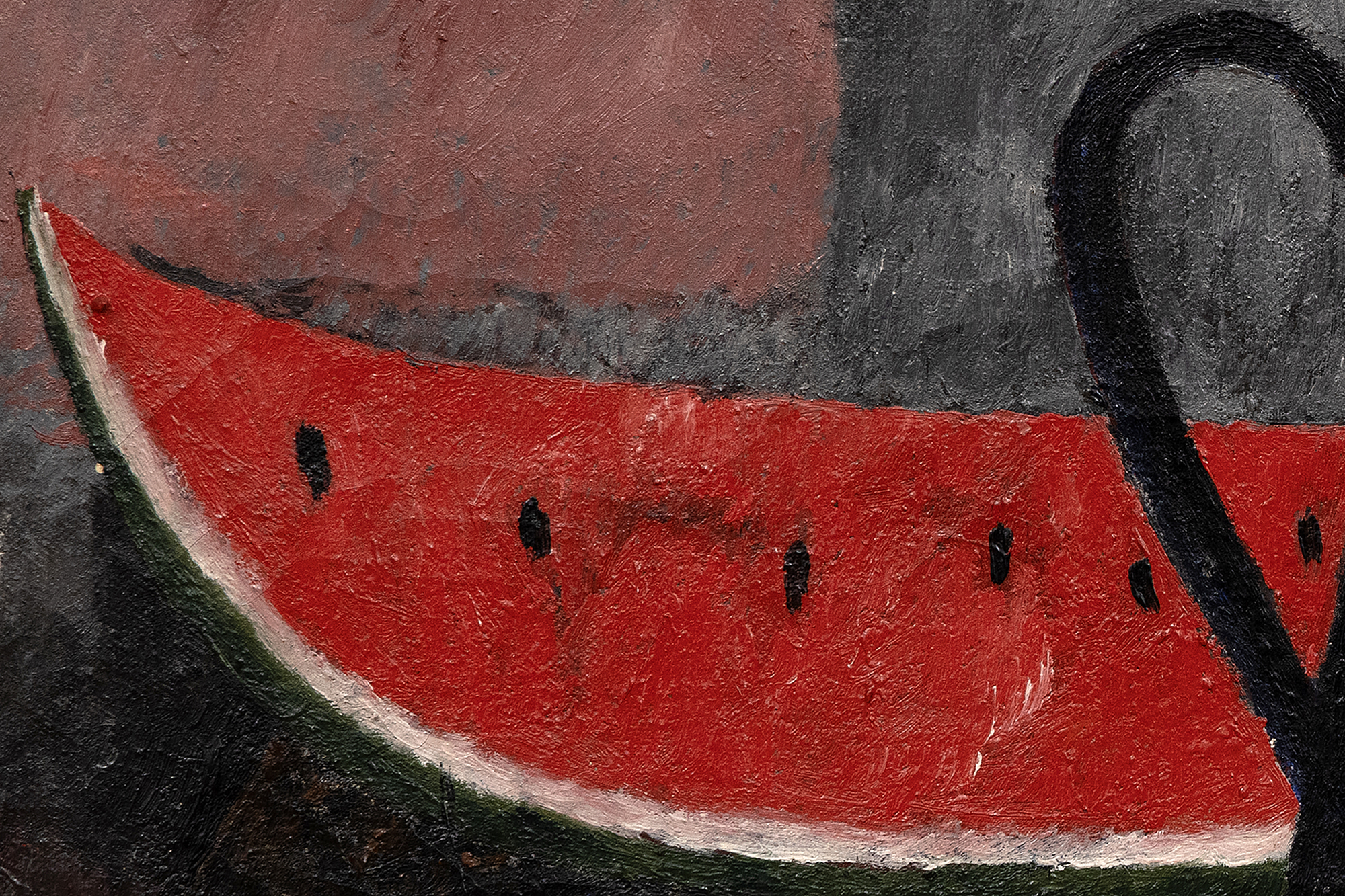
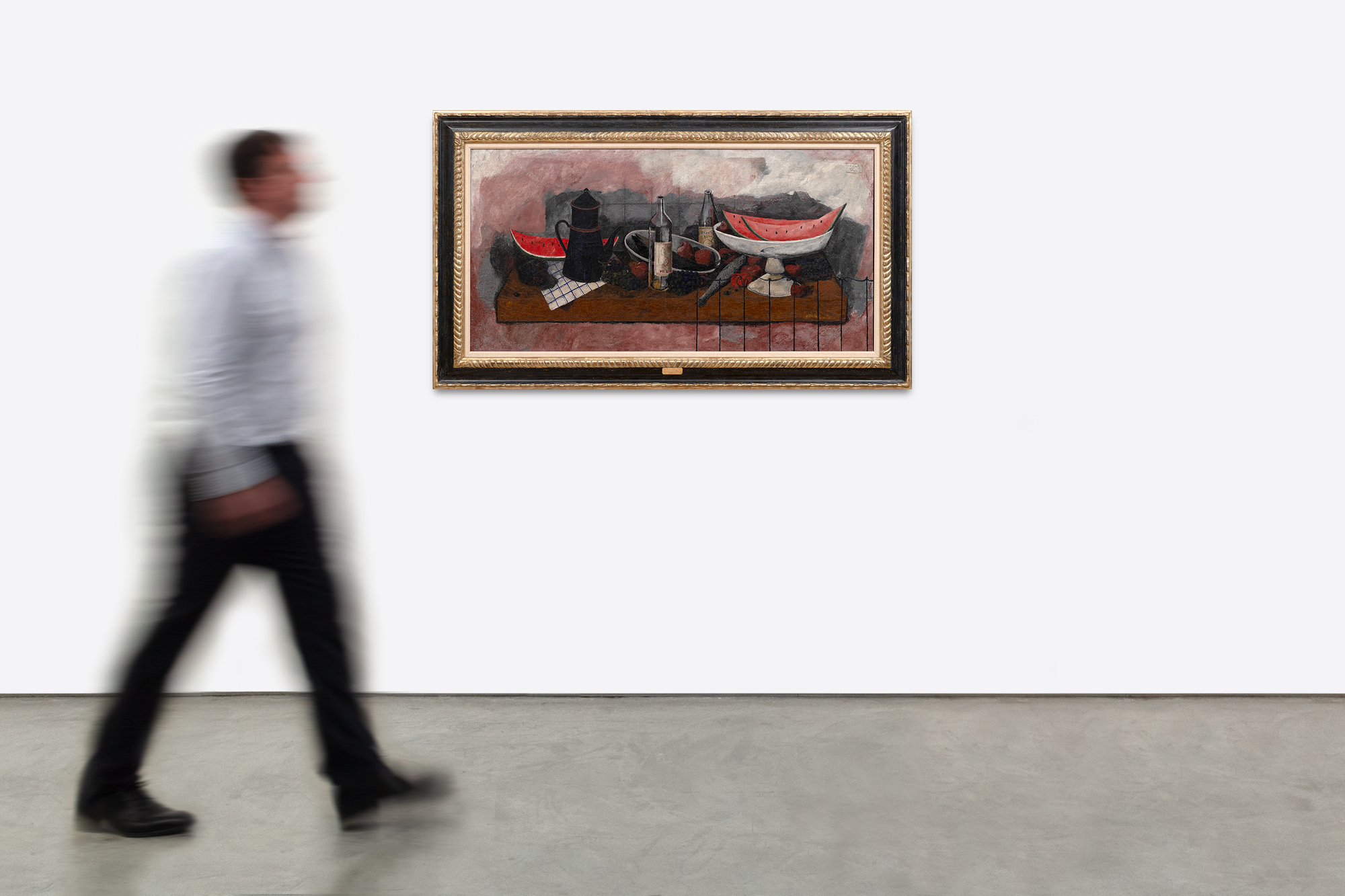
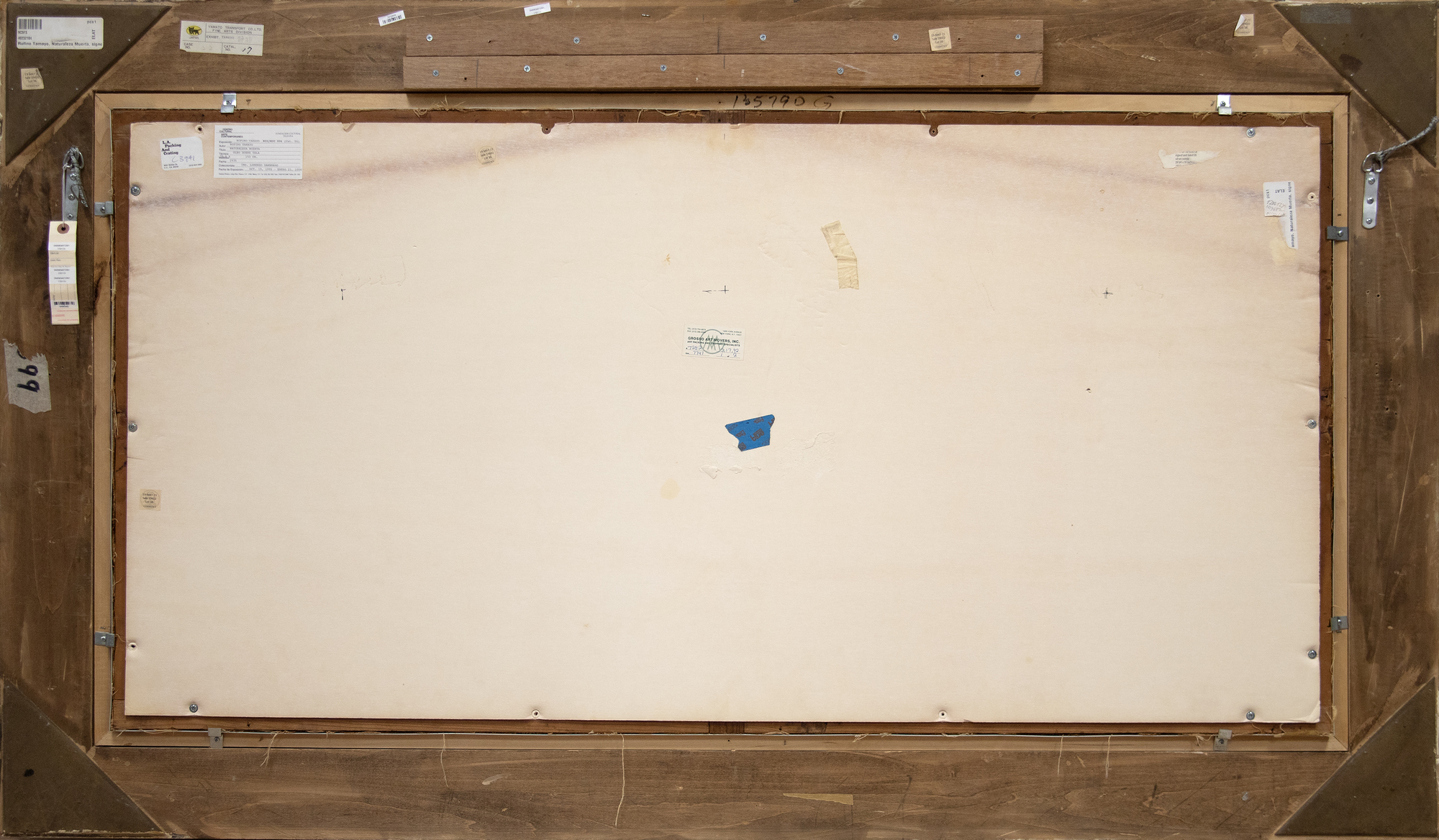
Provenance
The Collection of Edward Chodorov, Beverly Hills, CaliforniaThe Collection of Miss Fanny Brice, Los Angeles, California
Mary-Anne Martin | Fine Art, New York
Private Collection
Private Collection, by descent
Exhibition
Nagoya, Japan, Nagoya City Art Museum, “Rufino Tamayo Retrospective,” October - December 12, 1993Mexico City, Mexico, Fundación Cultural Televisa & Centro Cultural Arte Contemporáneo, “Rufino Tamayo del Reflejo al Sueño 1920 -1950,” October 19 - February 25, 1996
Santa Barbara, California, San...More...ta Barbara Museum of Art, “Tamayo: A Modern Icon Reinterpreted,” February 17 - May 27, 2007
Literature
"Hoy se inaugura la exposición de Rufino Tamayo en el Pasaje América,” El Universal, November 1935 (illustrated)Robert Goldwater, Rufino Tamayo, New York City, NY, 1947, p. XVI (illustrated p. 56)
Justino Fernández, Rufino Tamayo, Mexico City, Mexico, 1948
Ceferino Palencia, Rufino Tayamo, Mexico City, Mexico, 1950, no. 4 (illustrated)
Nagoya City Art Museum, Rufino Tamayo Retrospective, Nagoya, Japan, 1993, no. 17, p. 34 (illustrated in color)
Fundación Cultural Televisa & Centro Cultural Arte Contemporáneo, Rufino Tamayo: del Reflejo al Sueño 1920 – 1950, Mexico City, Mexico, 1995, no. 56, p. 46 (illustrated in color)
Octavio Paz, Transfiguraciones en Historia del Arte de Oaxaca, Mexico City, Mexico, 1998, no. 5, p. 16-17 (illustrated in color)
Octavio Paz, Rufino Tamayo, Mexico City, Mexico, 2003, no. 5 (illustrated in color)
Diana C. DuPont, Juan Carlos Pereda, et. al., Tamayo; A Modern Icon Reinterpreted, Santa Barbara, CA, 2007, pl. 43, p. 162 (illustrated in color)
...LESS... Price1,350,000
History
In the mid-1920s, Rufino Tamayo embarked on the crucial development phase as a sophisticated, contemporary colorist. In New York, he encountered the groundbreaking works of Picasso, Braque, and Giorgio de Chirico, along with the enduring impact of Cubism. Exploring painterly and plastic values through subjects sourced from street scenes, popular culture, and the fabric of daily life, his unique approach to color and form began to take shape. It was a pivotal shift toward cosmopolitan aesthetics, setting him apart from the nationalist fervor championed by the politically charged narratives of the Mexican Muralist movement. By focusing on the vitality of popular culture, he captured the essential Mexican identity that prioritized universal artistic values over explicit social and political commentary. The approach underscored his commitment to redefining Mexican art on the global stage and highlighted his innovative contributions to the modernist dialogue.
Like Cézanne, Tamayo elevated the still life genre to some of its most beautifully simple expressions. Yet high sophistication underlies the ease with which Tamayo melds vibrant Mexican motifs with the avant-garde influences of the School of Paris. As Naturaleza Muerta of 1935 reveals, Tamayo refused to lapse into the mere decoration that often characterizes the contemporary School of Paris art with which his work draws comparisons. Instead, his arrangement of watermelons, bottles, a coffee pot, and sundry items staged within a sobering, earthbound tonality and indeterminant, shallow space recalls Tamayo’s early interest in Surrealism. An overlayed square matrix underscores the contrast between the organic subjects of the painting and the abstract, intellectualized structure imposed upon them, deepening the interpretation of the artist’s exploration of visual perception and representation. In this way, the grid serves to navigate between the visible world and the underlying structures that inform our understanding of it, inviting viewers to consider the interplay between reality and abstraction, sensation, and analysis.
IMPORTANT FACTS
- By focusing on the vitality of popular culture, Rufino Tamayo captured the essential Mexican identity that prioritized universal artistic values over explicit social and political commentary. The approach underscored his commitment to redefining Mexican art on the global stage and highlighted his innovative contributions to the modernist dialogue.
- Like Cézanne, Tamayo elevated the still life genre to some of its most beautifully simple expressions. Yet high sophistication underlies the ease with which Tamayo melds vibrant Mexican motifs with the avant-garde influences of the School of Paris.
- As Naturaleza Muerta of 1935 reveals, Tamayo refused to lapse into the mere decoration that often characterizes the contemporary School of Paris art with which his work draws comparisons. Instead, his arrangement of watermelons, bottles, a coffee pot, and sundry items staged within a sobering, earthbound tonality and indeterminant, shallow space recalls Tamayo’s early interest in Surrealism.
MARKET INSIGHTS
- This painting has been published in 9 books and was exhibited at 3 museums.
- 10 Tamayo artworks have surpassed the $3 million USD mark at auction (see below) and 2 of these were for watermelon subjects (“sandías”).
- According to Art Market Research based in London, Tamayo’s market prices have experienced a compound annual growth rate of 7.5% since 1976 (see AMR graph).
- Ten paintings by Tamayo have fetched more than $3 million USD at auction.
- Multiple top sales have been for paintings featuring sliced watermelon.
Top Results at Auctions
Comparable Paintings Sold at Auctions
Paintings in Museum Collections
Additional Resources
RUFINO TAMAYO BY GREGORIO LUKE
RUFINO TAMAYO - THE SOURCES OF HIS ART
MATERIALS AND MEMORIES: MIXOGRAFIA AND TAMAYO
Image Gallery
Inquire
You May Also Like







































,_new_mexico_tn40147.jpg )
